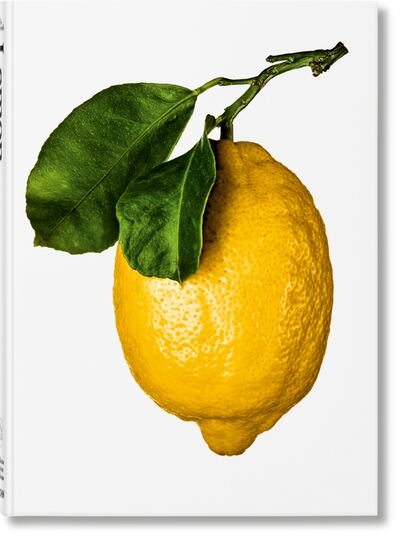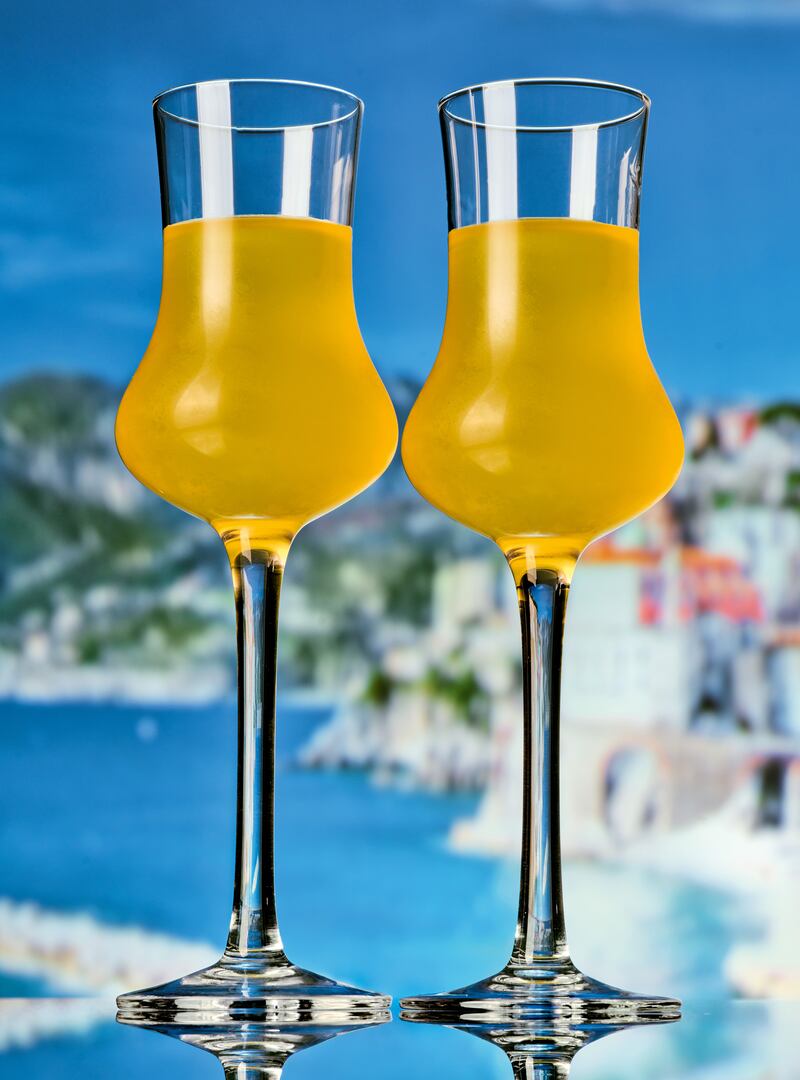It was my 25th birthday and I was, unusually, residing at The Carlyle Hotel in New York City, in a small suite with a grand piano. The year was 1979. I was later informed that it was a Sunday night. The hotel was quiet, so I was generously given an upgrade. The following lunchtime I availed myself of The Carlyle’s Bemelmans Bar, where the late legendary bartender Tommy Rowles leant in and served me my first-ever dry martini. When in Rome...

The glass was perfect: slim stemmed, tulip shaped and sporting an embossment of the hotel’s regal crest. Once ice stirred and poured into the perfectly chilled glass, Tommy deftly stripped a thin sliver of skin from a lemon, held it poised and twisted it between his fingers. The spray from the lemon’s zest covered the sleek surface of the drink, and, as I watched closely, its scent wafted in my direction. For me, this remains the best use of a lemon, and, needless to say, the dry martini has from that moment been my favourite cocktail.
I have always regarded lemon as a third seasoning in the kitchen, after salt and pepper. A thin slice of raw salmon, say, is transformed with a squeeze of tart citrus and a tiny crunch of sea salt (then again, any simply cooked fish fillet demands a discreet spritz). A chicken thrives on a halved lemon thrust up its bum when being roasted to a golden crisp, and the Italian dish of pork slowly simmered in milk would be unthinkable without several strips of lemon zest to help reduce the dairy to a delicious smudge of a sauce.
Looking back to my childhood, one of my mother’s sweetie specials, usually made in summer, was lemon cheese. Generally speaking, this is known as lemon curd, but in the North of England it was, emphatically, cheese (regional damsons cooked to a stiff paste were given the same moniker). Whatever you’d like to call it, many years later I would successfully use the lemon lotion to make a splendid meringue confection we called angel pie. A pavlova-style meringue mix was formed into a thick disc, baked until crisp and golden, cooled and then thickly spread with a spoonful of lemon cheese before being topped with folds of loosely beaten, vanilla-flecked cream. Pure joy.
READ MORE
Although certain restaurants eschew imported ingredients, I, for one, could never live without lemons. Just to imagine an Amalfi lemon growing on its tree in the hot Mediterranean sunshine, then not occasionally having a bowl of them in my kitchen – the odd leaf still attached – would be a crying shame. And to be deprived of lemons altogether – just where would the Tommy Rowles’s martini be?
But my lemon lecture cannot end without talking of bad and good lemons. Until recently, bad lemons would frustrate me beyond belief. So many seeds within the tiniest fruit; truly, I once extracted and counted 38 seeds within one lemon. Now, in my local supermarket, I can purchase seedless lemons. Wonders will never cease.
And so it goes that we find ourselves amid an orchard of glorious yellow fruits with this, The Gourmand’s second volume in a series of books celebrating ingredients with storied pasts, presents and futures. Today we explore the culinary and cultural charm of the lemon, an entity that remains central to our imaginations, and yet morphs and shifts more than you might ever think.
Recipes extracted from The Gourmand’s Lemon: A collection of Stories and Recipes, published by Taschen. Recipe development by Maxine Clark
Sorbetto al Limone

Serves six (about 1 litre)
Ingredients
- 6 lemons, zested and juiced (for the sorbet)
- 300g caster sugar
- 1 orange, zested (finely grated) and juiced
- 2 tbs limoncello (optional)
- 6 medium lemons (for the lemon cups)
Equipment
- Shallow metal baking tin (27 × 18 × 3cm)
- Electric hand whisk
- Ice cream machine (optional)
Method:
- Put the sugar and 600ml of water in a saucepan with the lemon and orange zest. Bring slowly to the boil, then boil rapidly for 3-4 minutes. Remove from the heat and let it cool.
- Meanwhile, strain the fruit juices through a sieve into a bowl and add the limoncello, if using.
- While the syrup cools, cut the tops off the remaining six lemons and shave a little off each base so that they will stand up without wobbling. Carefully scoop out the flesh to make the lemon shells, then squeeze and keep the extra juice in the fridge or freezer to be used another time. Set the empty shells on a tray and freeze.
- When the flavoured syrup is cold, strain it into the bowl of fruit juice. Cover and chill – this will speed up the freezing process.
- To make a sorbet without an ice cream machine*, pour the chilled liquid into the shallow metal baking tin, and freeze until the sorbet is frozen around the edges. Mash the frozen sorbet well with a fork, and mix with the central, softer mix. Repeat this step once or twice until it is all frozen but still creamy. Whisk an egg white until stiff. Using an electric hand whisk, drop a spoonful of the sorbet into the egg white, whisking well, then repeat, whisking well between each spoonful, until the mixture is thick and foamy. Return the mixture to the freezer until firm but scoopable. The egg white will keep the sorbet soft enough to scoop. Spoon the firm but scoopable sorbet into the frozen lemon shells and set the tops back on. Place them upright in a freezer-proof box (a thick plastic one will work). Cover and replace in the freezer until refrozen. Soften in the fridge for 10-15 minutes before serving.
- If keeping for longer than a couple of days, pack the filled shells tightly into a freezer-proof container for up to one month. However, the sooner it can be eaten, the better.
* If you have an electric ice-cream maker, churn and freeze the chilled syrup as per the manufacturer’s instructions. Churn until the sorbet is thick and soft. There is no need to use egg whites. Once churned, use the sorbet to fill the lemon shells as above, and replace in the freezer until it’s ready to serve
Limoncello

Makes 750ml
Ingredients
- 3 large lemons
- 475ml pure alcohol (eg vodka or grappa)
- 375g sugar
Equipment
- 750ml preserving jar
- Fine sieve
- 75ml glass screw-top bottle
Method
- Carefully pare the zest from two of the lemons in long strips, and place in a large preserving jar. Pour over the alcohol, seal tightly and leave in a dark place for about two months to mature.
- After two months put the sugar in a pan with 250ml of water and the strained juice of one lemon. Heat gently until the sugar has dissolved. Cool. Open the preserving jar with the lemon-flavoured alcohol, and pour in the sugar syrup.
- Stir well and let the mixture stand for a couple of hours. Strain through a fine sieve, and pour into sterilised bottles. Seal and leave in a cool dark place for another week, shaking occasionally. Serve and keep stored in the freezer. where it will thicken.




















